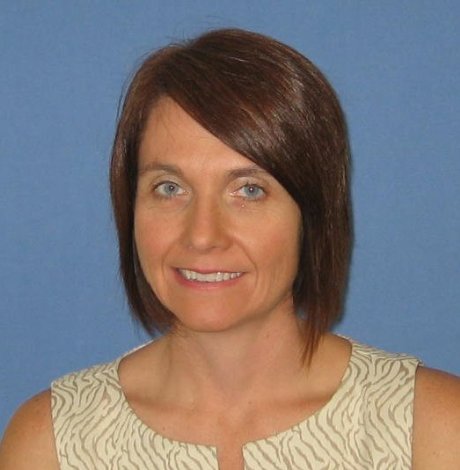Tips from the AEJMC Teaching Committee
Five Tips to Make the Second Half of Your Class Better than the First
 By Jennifer Jacobs Henderson
By Jennifer Jacobs Henderson
AEJMC Standing Committee on Teaching
Professor and Chair
Department of Communication
Trinity University
(Article courtesy of AEJMC News, March 2018 issue)
The first days of the new term are like visiting Disney World for the first time. Everything is new and shiny. All wishes can be granted and all hopes fulfilled. The second half of the semester is more like holding on to the seat in front of you on a roller coaster. There doesn’t seem to be any good way to change course as everyone careens toward the end of the term, screaming in fear.
The second-half of the term doesn’t have to be all panic and final exams, though. With a few small changes, you and your students can leave the academic term feeling accomplishment rather than anxiety.
1. Ask students what is working (and what isn’t). Midterm is an excellent time to find out how things in your class are going. Not what the students have learned or not learned (what you grade) but how your teaching is going (what they grade). These formative class assessments are helpful for both professors and students. Not surprisingly, students often see class much differently than we do. Time and again, we think class is going poorly when students are enjoying it, or we think it is amazing and they are lost, bored or both. Midterm is a great time to figure out the reality (which is often somewhere in between these extremes).
An assessment like this can easily backfire if not carefully planned, though, turning into a gripe session rather than a productive exercise. To avoid the piling-on that can occur, ask things like: “what do you like most about class so far?” and “What one thing would you change if you could?” These questions allow students to give useful feedback that can actually be integrated into your future class sessions.
2. Implement the best suggestions. If you ask students for feedback and then do nothing with it, you are actually harming both you and them. It is better not to implement a formative assessment at all than pretend you are listening to students. Trust is an essential classroom element. Like molecular binding, it connects professors and students in a symbiotic, stable balance. I tell students before they complete a midterm evaluation of the class that there are things that I won’t change (assigning readings, giving exams), things that I can’t change (the date of the final, the number of credit hours of the class), and everything else, which can be altered.
In past semesters, I’ve changed the amount of material we cover each session, the options for writing projects and the make-up of student teams, all because students said the change would make the class better. They were right. It did. Every time.
3. Remind students you listened. If you ask students for their input, and you’ve made changes based on that input, don’t forget to tell them so. Try to include as many students as possible in the praise, such as “Many of you suggested moving reading quizzes to Mondays when there is more time for reading. That’s really paid off in raising quiz scores. Great idea.”
When students feel their ideas are taken seriously, they move from recipients of information to participants in education.
4. Change it up. By the time you get to the second half of the term, everyone in the classroom has figured out the routine and the expectations. Of course, this is what we want. To an extent. There is a fine line between routine and boredom. So, change things up. Go outside. Do a team exercise. Let them use their phones. Add a guest speaker.
Students never complain that they didn’t do exactly what was on the syllabus for one day, but they always seem to remember the mock trial or ethics debate or television history timeline you added to liven things up after the thrill of Spring Break has faded. Low-stress surprises are a great way to improve productivity in the last weeks or months of the term. Like the groundhog, we all need to get out of the winter rut.
5. Plan an end-of-term celebration. I am a strong believer in marking occasions with celebrations. Birthdays. The Super Bowl. Ice Cream Day. My family makes fun of the fact that I have 17 door mats, one for each calendar holiday (and some for holidays I’ve invented). This philosophy has carried over to the classroom as well. While I have many colleagues who think my celebrations are beneath the dignity of the academy, I am a full professor, and I’m pretty sure that it’s okay to have fun while you learn.
Examples of celebrations? Breakfast tacos during final presentations (I live in Texas). An exam review game with media fandom prizes (who doesn’t like a Wonder Woman pencil?). A snack free-for-all where students bring their favorite childhood treats (Gushers, anyone?). The end-of-term celebration is not a reward for surviving your course; it is an acknowledgement that they have reached another milestone. Something to celebrate for sure.
 Print friendly
Print friendly






